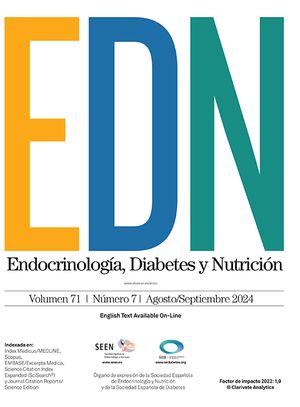Estudios en niños hospitalizados muestran que existe una incidencia significativa de desnutrición, tanto aguda como crónica. Proporcionar un adecuado soporte nutricional es parte importante de los cuidados de cualquier niño hospitalizado, esté o no desnutrido. Para conseguir cubrir las necesidades energéticas y proteínicas de todo el arco de edades pediátricas, además de las fórmulas infantiles para lactantes sanos y de fórmulas infantiles especiales, disponemos de fórmulas enterales y de sistemas de alimentación intravenosa.
La nutrición enteral es el método de elección en los niños que requieren soporte nutricional y que tienen un tracto gastrointestinal funcionante, y se reserva la nutrición parenteral para las situaciones en las que la función gastrointestinal está afectada de forma importante.
Como el recién nacido, el lactante y el niño tienen unas necesidades especiales, las técnicas de soporte nutricional difieren en gran medida de las utilizadas en el paciente adulto. Así, se han desarrollado productos específicos para niños al tiempo que protocolos de actuación. En este artículo se resumen algunas de las características más relevantes de la nutrición artificial en el niño.
Studies in hospitalized children report a significant incidence of both acute and chronic malnutrition. The provision of adequate nutritional intake is an important part of the care of all hospitalized children whether previously malnourished or not.
To meet the nutritional needs of the entire age range of pediatric patients, in addition to infant formulas and specialized infant formulas, enteral and intravenous feeding are also required.
Enteral nutrition is the preferred method of nutritional support in children with a functioning gastrointestinal tract, while parenteral nutrition is reserved for children with severely compromised gut function.
Because of the special needs and characteristics of neonates, infants and children, the use of artificial nutrition in pediatrics differs greatly from that in adults. Specific products and protocols have been developed for children. The present article summarizes the most important features of artificial nutritional support in this age range.




